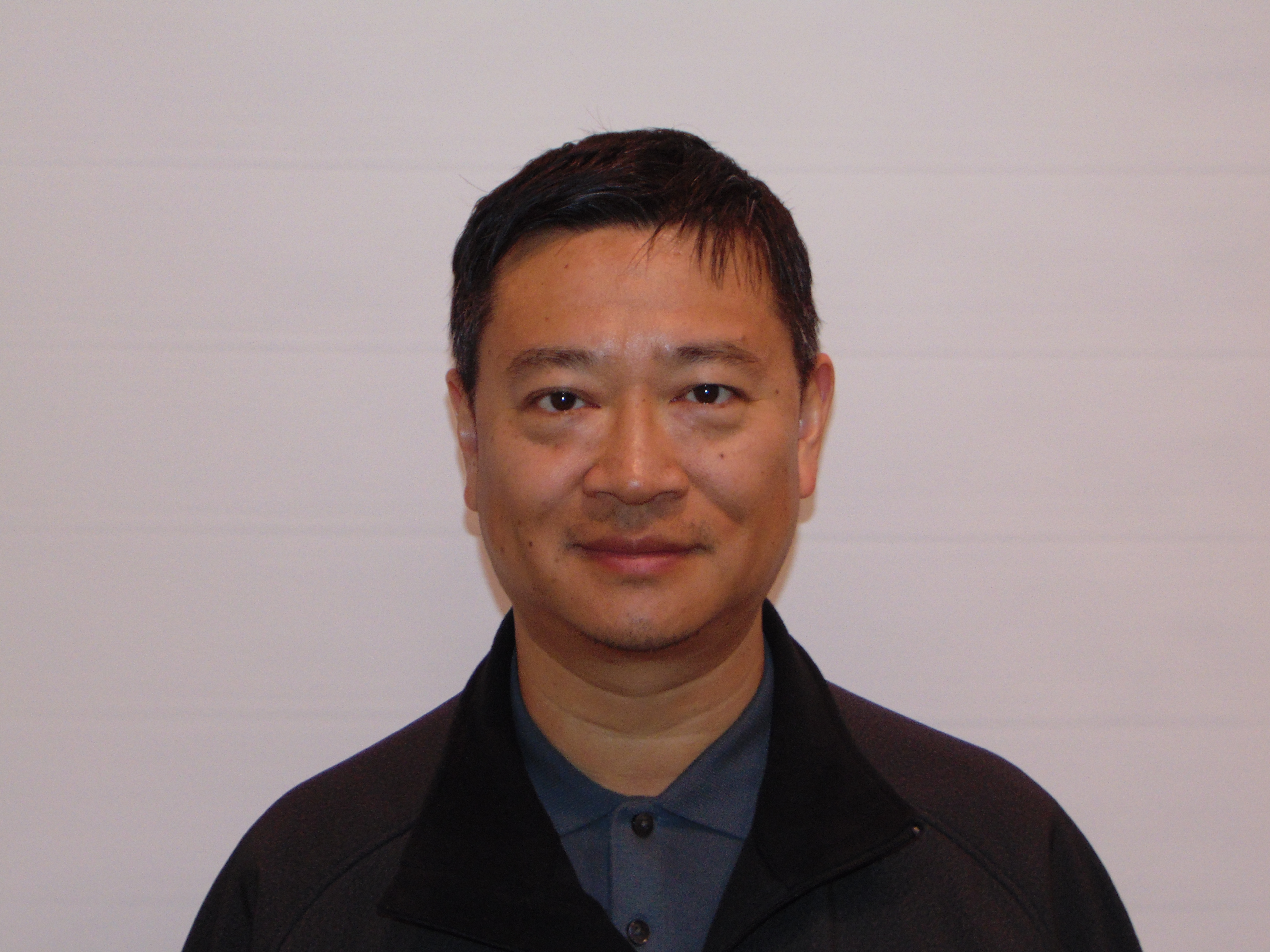Back
OLHCHH Track 3
Lead Bioaccessibility in Urban Homes: Covariation-mining Based System Dynamic Simulation
Tuesday, April 8, 2025
2:00 PM – 3:00 PM
Location: Celestin B&C (Level 3)
CE: 1 CEU credits
CEU Type(s): BPI, BSI, EA, HHE, INTERNACHI, NARI, QCI, RESNET

Danlin Yu
Professor of GIS and Urban Sustainability
Montclair State University
Montclair, New Jersey
This study proposes a novel theoretical discussion to understand and simulate complex systems by exploring the covariations among observed system components. We view any systems as open containers with both observable and latent components. By definition of a system, these components are mutually interconnected to form a whole. While those relationships are often highly complex, non-linear, multi-dimensional, and hard to observe completely, their mutual connectedness suggests that even components in a subset (the observable subset) could covary in certain manner. This study builds on this premise. Borrowing ideas from Big Data Analytics, this study uses synthetic data to mine the exhaustive covariation space among observable system components. Results suggest that this covariation mining strategy produces relatively accurate system dynamics with simpler relationships. The strategy was then applied to lead exposure, elevated blood lead level, and associated socioeconomic, environmental data we collected in Newark, New Jersey. We simulated the lead exposure scenarios for the next 15 years and provided corresponding suggestions based on the simulated results.
